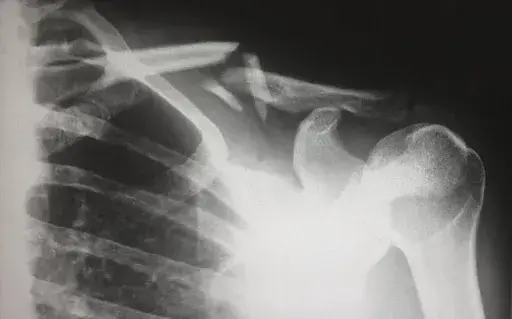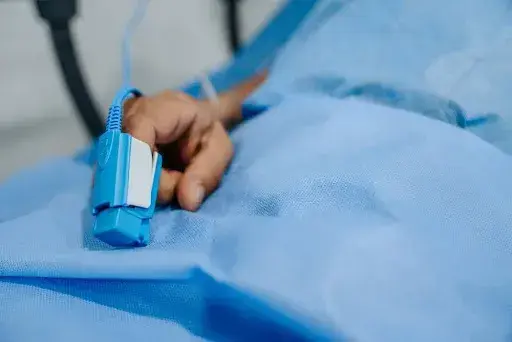Technology is at the forefront of humanity's current era, the information age. With rapid advances in computer science, engineering, machinery, computer infrastructure, and hardware, it's not surprising that many of the recent innovations in technology have been applied to the medical sphere.
From the humble stethoscope to the X-ray, technological innovation in medicine has been directly responsible for saving lives, as well as improving the quality of life for hundreds of thousands of people every year. Today we are going to examine how our species’ technological progress has impacted the world of nursing.
Education
These days education can be pursued anywhere, from anywhere in the world. When studying everything is available, including online MSN to DNP courses. Online education has vastly increased the viability of pursuing nurse studies. Not only that, but nurses often have a legal obligation to obtain Continuous Education credits (CE). These credits signify to employers and nursing authorities that the nurse is frequently updating their information. Among the variety of ways that nurses can obtain their CE credits is through online courses and webinars.
Ease of Access

Years ago before the marvels of technology we have now, patient data was not always so easy to access. It was only kept on hard copy which meant it was easier to lose, misplace, or be stolen. These days however, we have EHRs, Electronic Health Records.
The first EHR was used in the 1960's, at the Mayo Clinic in Rochester, Minnesota. However, at the time this was groundbreaking science and therefore came at a groundbreaking cost. As a result, EHRs were only used by the government in partnership with health organizations. Things started to get better in the next decade as EHRs started to see use in civilian hospitals, however it was only the biggest, wealthiest institutions that could afford them.
Computers weren't really seen commonly in hospitals until the 1980's however with continuing development in business technologies and the internet, it wasn't long until computers and Electronic Health Records complete with a patient's health history, diagnoses, medication history, and more became readily available for any attending nurse to see.
This technological development would go a long way to streamlining the treatment process. In healthcare, time is often of the essence and checking through reams and reams of physical patient files would take away potentially vital time from a patient receiving expedient care. The advent of EHRs and other electronic file sharing tech has improved the efficiency and quality of nurse's care.
Telehealth
Particularly helpful in recent years telehealth is the ability to conduct medical appointments over the phone or via video conferencing online. The practice of telehealth nursing has been in great demand since the COVID-19 pandemic, with the efficiency and convenience of conducting medical consultations online or over the phone helping people all over the country get the help they need when they need it.
Nurses can provide a wide range of services over telehealth appointments, many of these integral to the patient receiving urgent or life-saving care. These services include urgent care consultations, pre-ER visit intake, chronic care and vitals monitoring, general checkups (performed by Nurse Practitioners), and triage; when a nurse liaises with a doctor and patient simultaneously.
Monitoring

Receiving the appropriate care means that nurses and medical staff need to have accurate readings for a patient's vitals. Fortunately, there are more than a few different types of machines that automatically and continuously monitor these bodily signals. More than that however, the monitors that are used to keep tabs on the patient's vital signs are also capable of alerting medical staff when one of these anatomical functions starts reading dangerously.
The Future
These advances in medicine came after millennia of research, trial, and error. People throughout history could have been saved if they had access to the expertise and the technology we have now. The importance of continual research and updating to the medical technology and knowledge of the time cannot be understated.
Although this list contains a variety of ways in which technology has developed to improve the capabilities of healthcare professionals and their patients, it could not have been achieved without a progressive view to the future. Perhaps the greatest technological innovation of all is not merely the equipment and tools that nurses use every day to see to their patients, but the machines and apparati that assist the scientists and researchers in collecting data, recognising trends in healthcare, and formulating the solutions necessary to save more lives.
The bottom line is that our healthcare staff are among our most essential, and nurses have one of the hardest jobs of all. As technology has developed, it has helped to fulfill the countless obligations of that job and allowed millions of people around the world to receive the proper care and treatment they need.
Reviewed by



